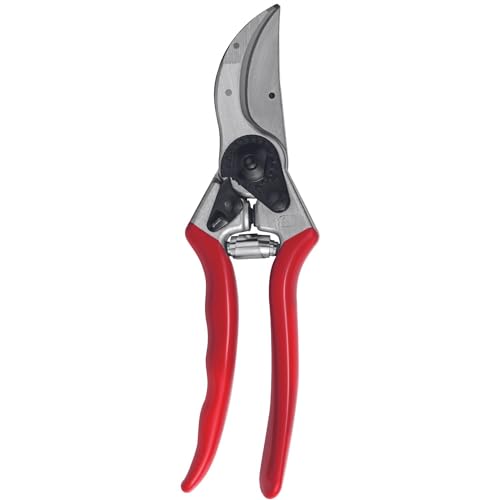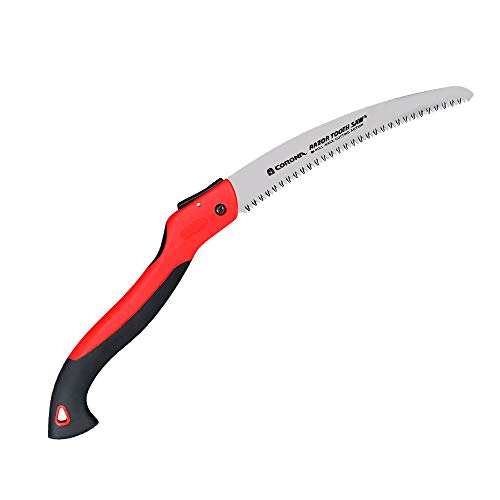How to cut back shrubs – 8 expert-approved steps to follow for healthy and flourishing plants
Have confidence when pruning shrubs by following these guidelines
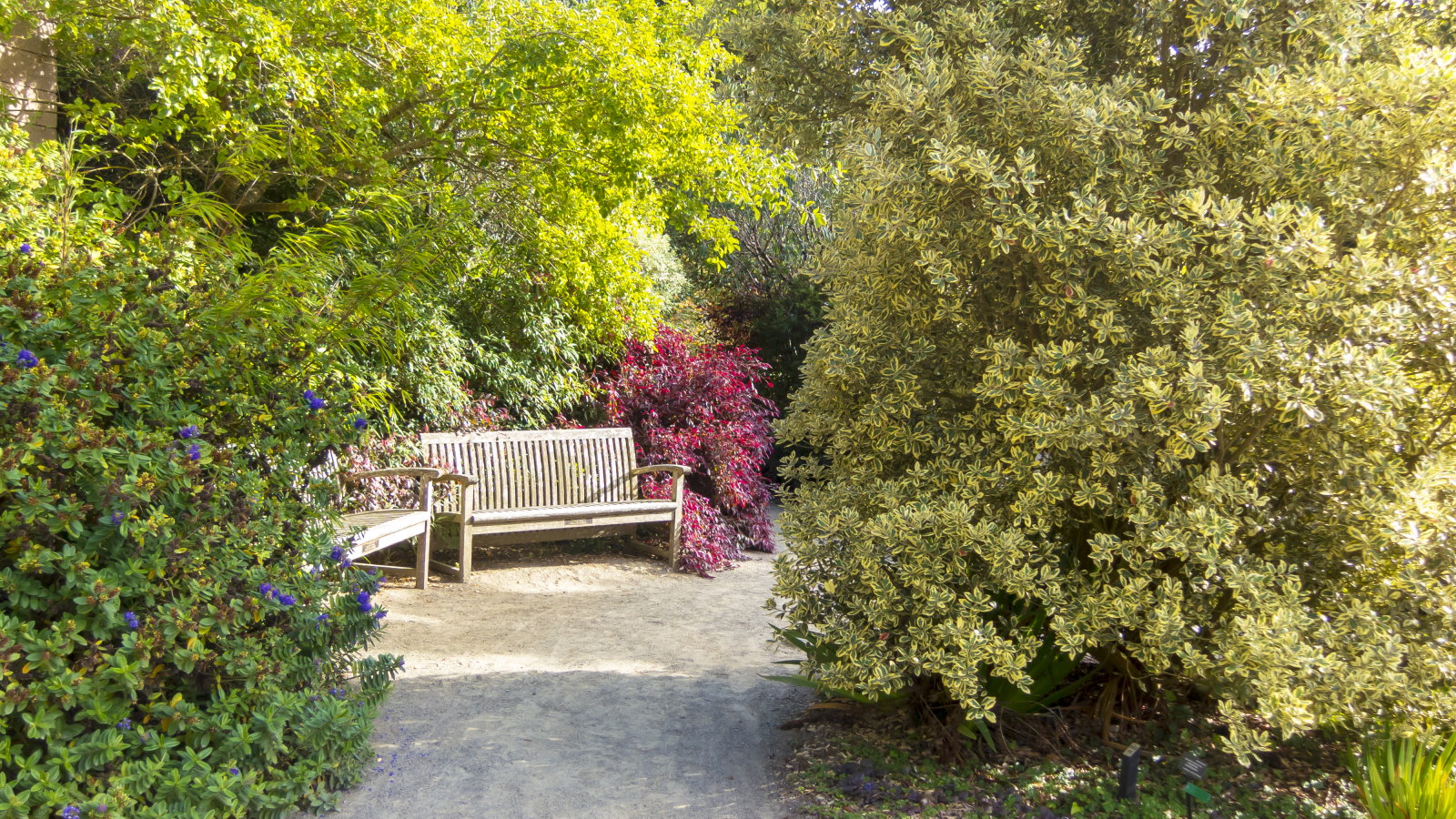

Cutting back shrubs keeps precious plants healthy, looking neat, and putting on a fantastic annual display of flowers. Pruning backyard shrubs is a hugely important task in any gardening calendar, but may be daunting to some as it is laced with potential pitfalls.
As a trained horticulturist and highly experienced professional gardener in the UK, I have pruned my fair share of shrubs over the years. Working in large, historic gardens there was a wide range of shrubs and bushes to trim and cutting back shrubs became a highly enjoyable experience.
Shrub pruning shouldn't be intimidating. To help you avoid making pruning mistakes, our guide reveals some expert-recommended rules for cutting back shrubs. Built from lessons I learned, I also hear from seasoned gardeners to help you understand how to cut back shrubs and confidently head out into the backyard with the pruning shears.

Expert tips for how to trim shrubs and bushes
Pruning can be done for many reasons, including improving the appearance and flowering of a shrub, keeping plants healthy, for safety reasons, or rejuvenating older, overgrown shrubs. Different shrubs may have varying pruning needs, for example, pruning butterfly bushes will be different to pruning forsythia, but there are some general guidelines to follow when you cut back shrubs.
1. Have the right kit
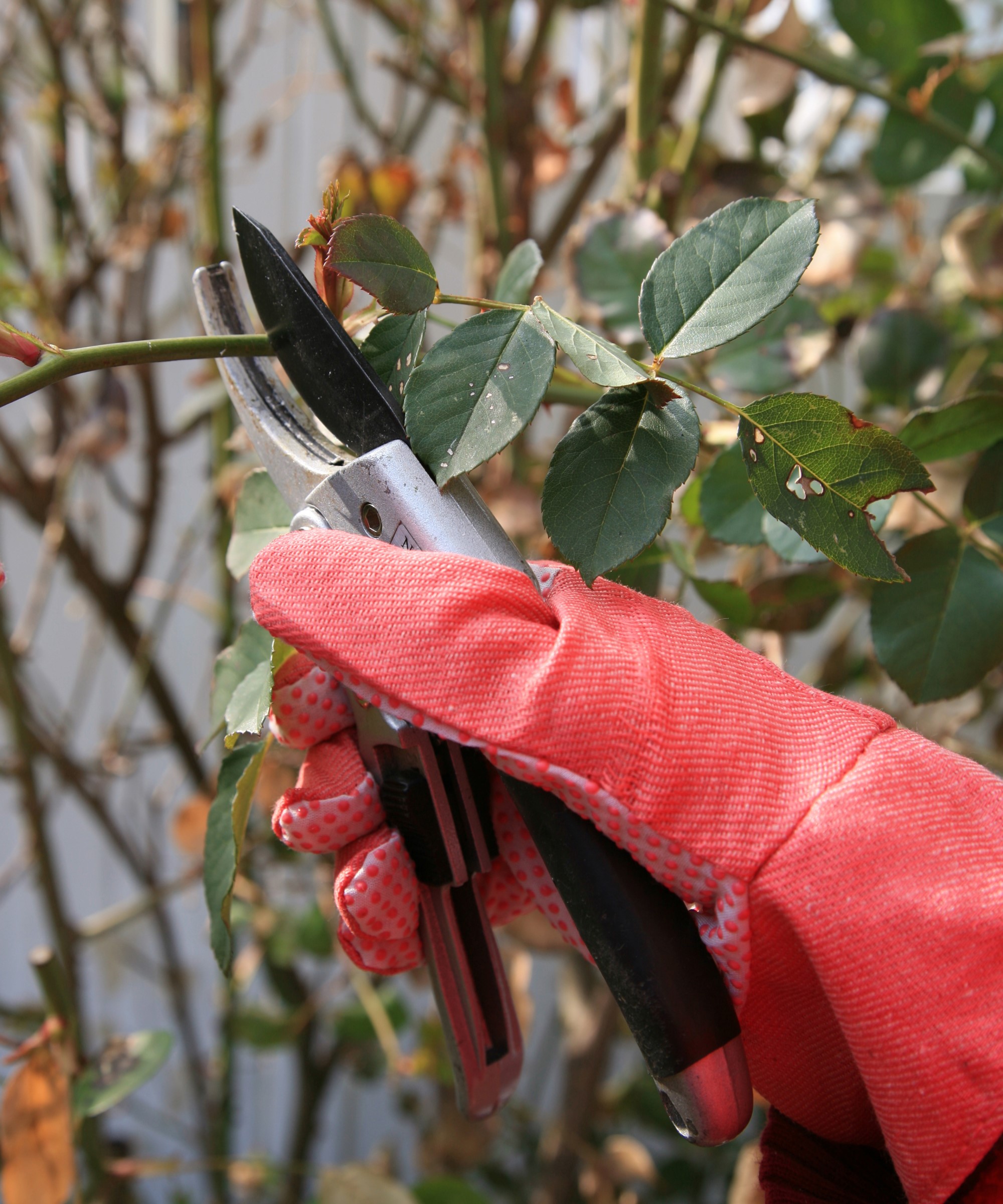
The right garden tools are essential for pruning and all the tools must be clean and sharp. It will make pruning easier and avoid causing unnecessary harm to the shrubs.
Pruning shears and loppers are generally the best tools for cutting back shrubs, while a pruning saw may be needed for old shrubs that need regeneration. As well as tools, the right protective equipment must also be considered.
‘Make sure to use proper protection when pruning, particularly if you’re working on thorny or prickly shrubs,’ warns Paul Hicks, product and marketing manager at STIHL GB. ‘A quality pair of gloves means you can enjoy comfortable working with adequate protection.’
As well as gardening gloves, such as these thorn-proof gardening gloves at Walmart, eye protection is also advisable. Don’t prune roses or any other thorny shrub without putting on protective equipment.
Shop shrub pruning tools
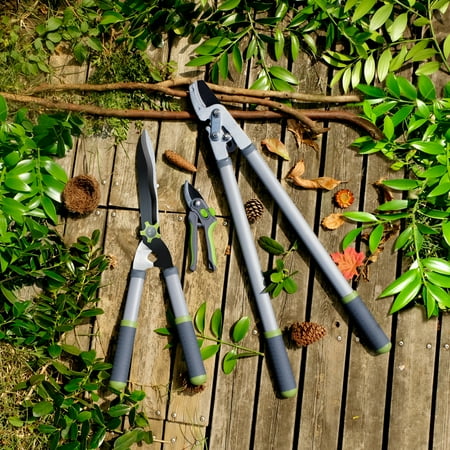
A pruning set that includes anvil loppers, heavy-duty hedge shears and soft grip bypass pruners - perfect for pruning a range of shrubs.
2. Get the timing right
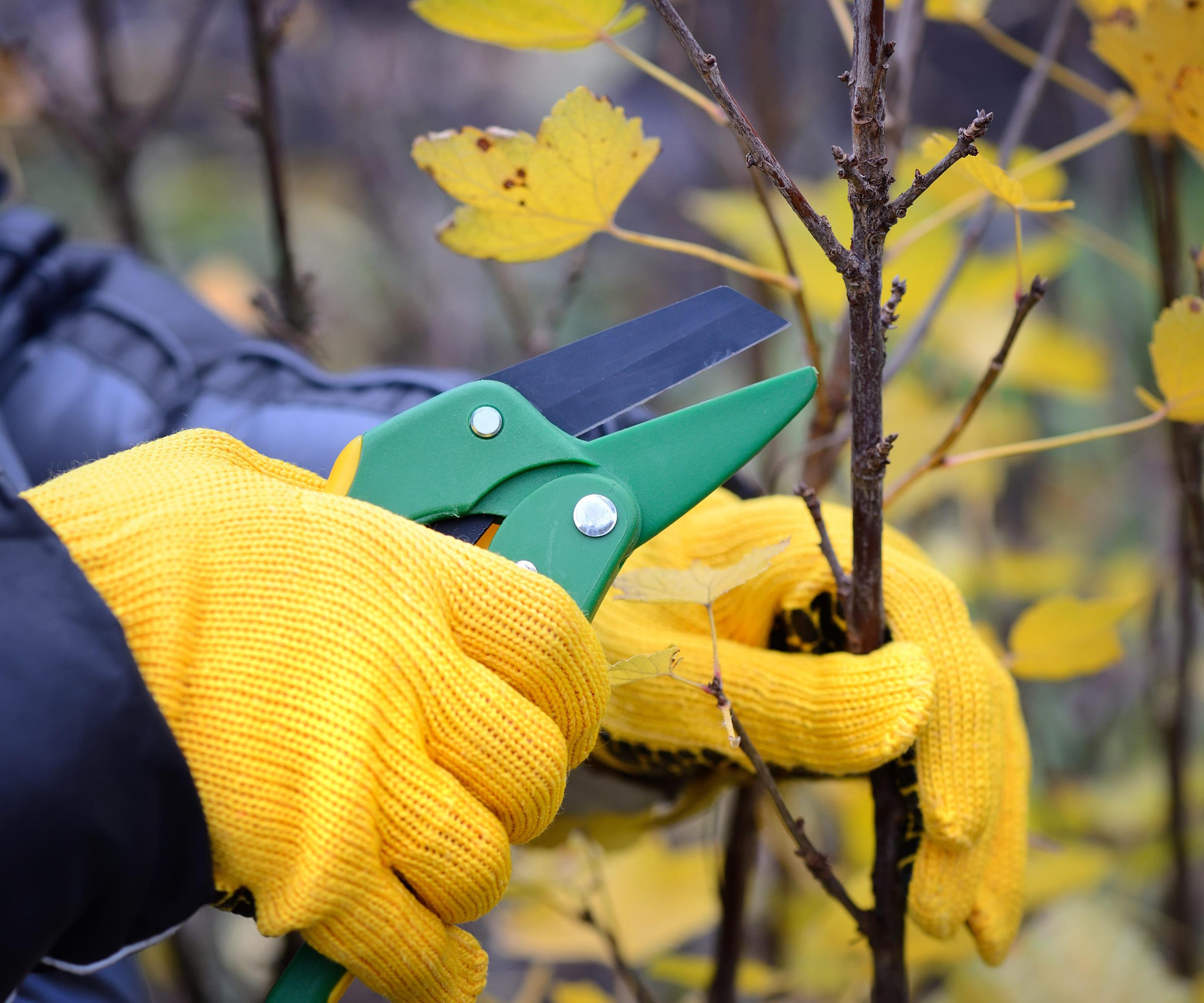
Picking when to prune shrubs is key, get it right and they will respond as you want with better flowering or fruiting. Get it wrong and you may miss out on flowering, or the shrubs can be susceptible to pests and diseases that damage their long-term health.
A general rule is to prune spring flowering shrubs after they have flowered and summer flowering shrubs in late winter or early spring. Evergreen shrubs can be pruned in early spring or late summer.
3. Start with the 3Ds
Start by looking closely at the shrub and pruning out the three Ds. That is dead, diseased, and damaged branches. Whenever you are pruning trees or shrubs, the three Ds should be the first port of call.
Removing any stems or branches that fall into the categories of dead, diseased, or damaged, helps improve the overall long-term health of the shrub. Pruning these out may also open up the shrub and help with air circulation, which can reduce the need for further pruning.
4. Prune out weak and rubbing stems

Any weak or straggly stems should be removed, along with any crossing ones. Stems that cross will rub together and can become entry points for disease.
As well as pruning out any that are crossing now, be proactive and spot any that are growing towards each other and may start crossing and rubbing in the next 12 months.
Completely remove these weak or crossing stems to help preserve the overall health of the shrub.
5. Open up the center
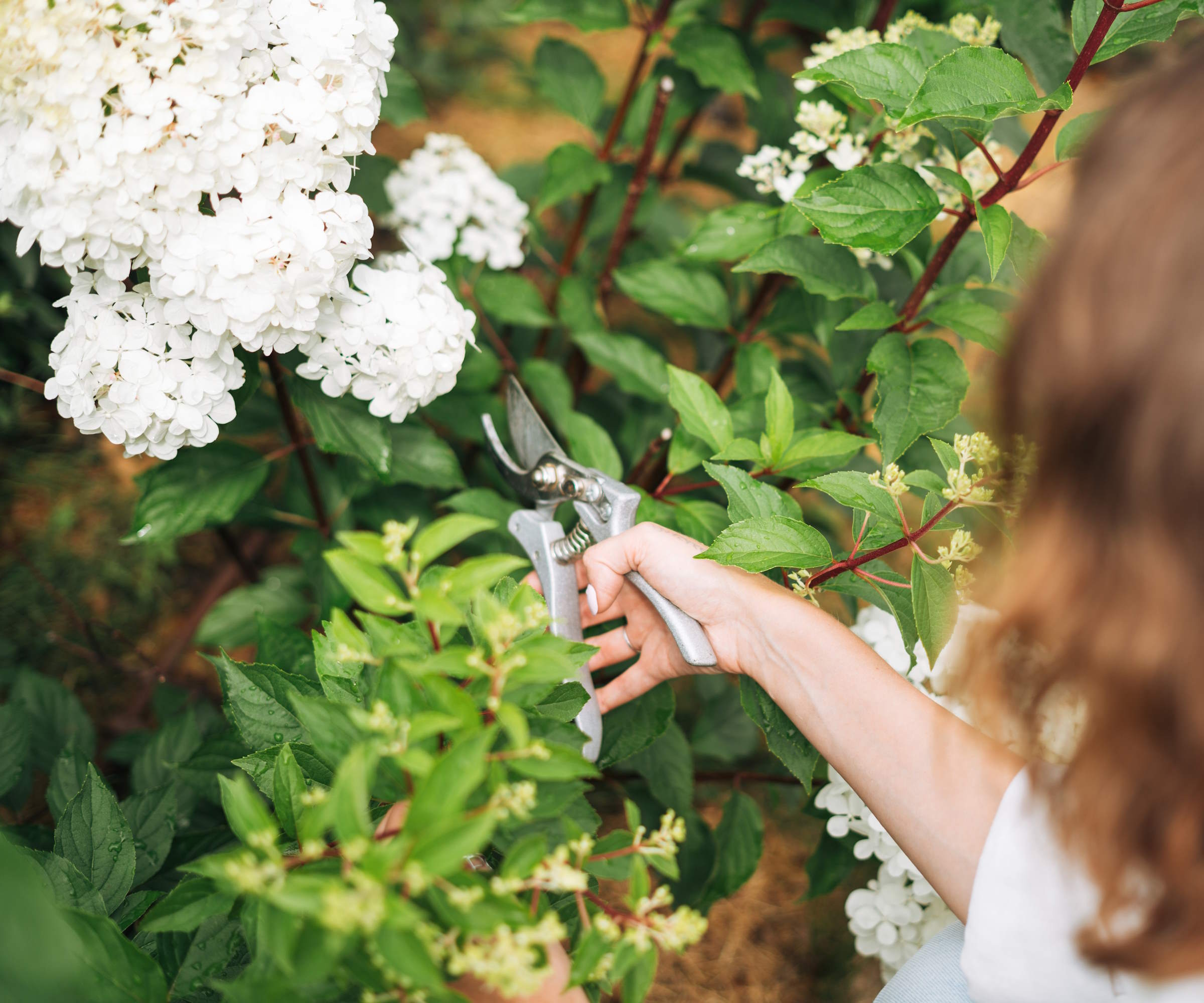
‘When pruning shrubs, don't just focus on the exterior,’ recommends Angela Slater, plant expert at Hayes Garden World. ‘Prune into the center of the plant to maintain good airflow and prevent disease.’
Too much concentration on just the exterior shape of the shrub leaves the center congested or bare over time. Thinning the center opens the shrub and allows more light and air to penetrate, encouraging the growth of healthy new stems.
Thin shrubs by removing inner stems back to where they meet the main stems, which can be ideal for shrubs such as crepe myrtle, viburnums, and smoke bushes.
Also, deal with a congested center by removing some of the oldest, thickest branches and also cutting out any stems that grow inwards.
However, stick to the one-third pruning rule as recommended by Sarah Raven, who says: ‘I tend to remove one in three branches to create more breathing space and balance the plant.’ Cutting back more than a third of the plant in one go risks weakening the shrub.

Angela Slater holds a degree in Conservation and Land Management and has worked for Hayes Garden World, in various guises, for 33 years. Angela is a regular contributor to many national, lifestyle and garden trade publications.
6. Work to a preferred shape
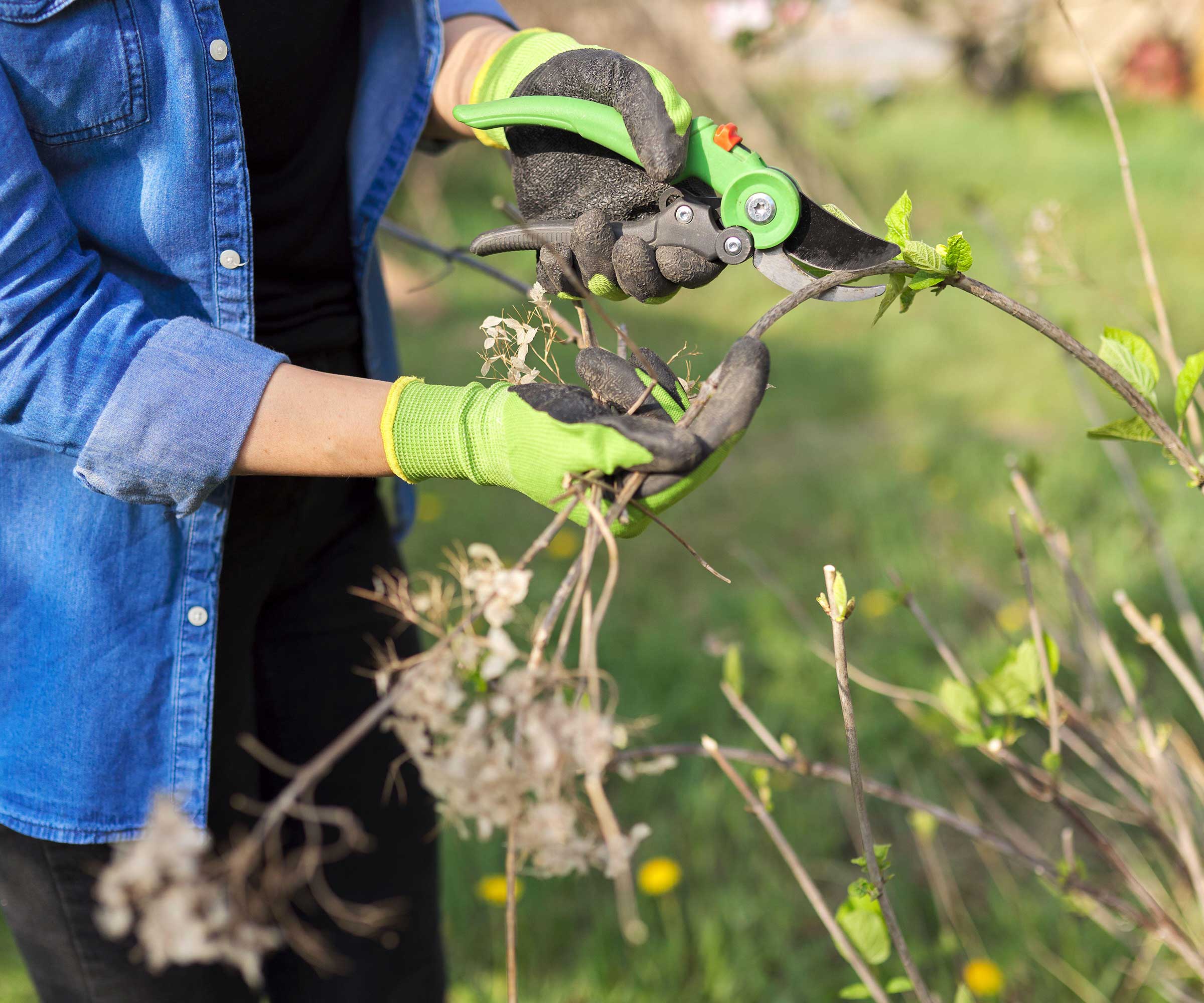
Plan the shape and selectively prune the shrub to keep it compact and looking neat. Whatever shape you aim for, whether more of a natural form or you are pruning topiary plants into bespoke forms, work slowly to identify the stems getting too large and cut them back to the desired shape.
Sarah Raven recommends always cutting stems back to ‘just above a node’ and ‘leaving a healthy outward-facing bud’ to encourage the new flush of growth to head in the right direction rather than back in towards the center of the shrub.
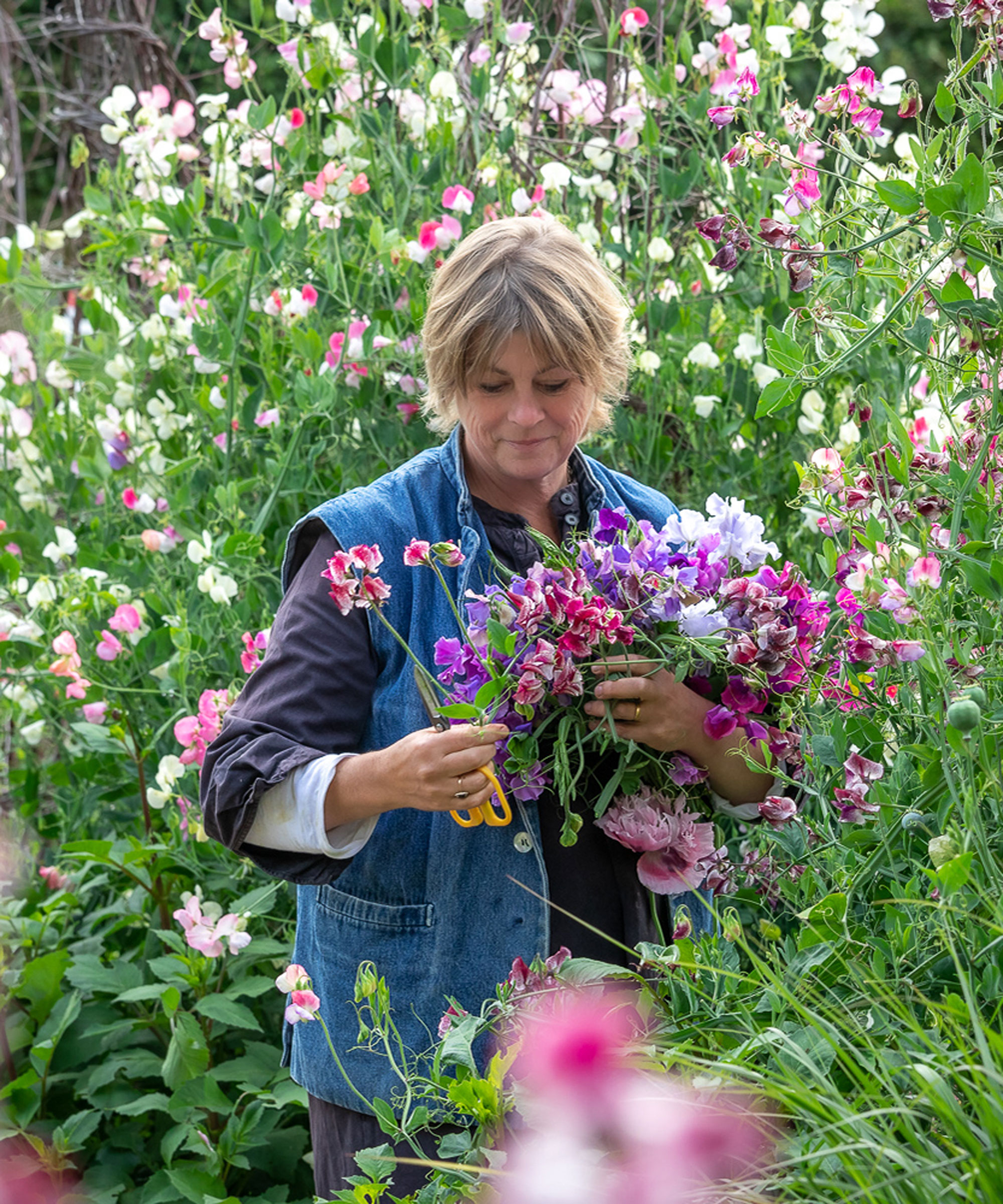
Sarah Raven is a renowned gardener, author, and teacher. She has written for many publications and won awards for her gardening books. Her books include A Year Full of Flowers: Gardening for All Seasons and The Cutting Garden: Growing and Arranging Flowers, both available at Amazon.
7. Make the right cuts
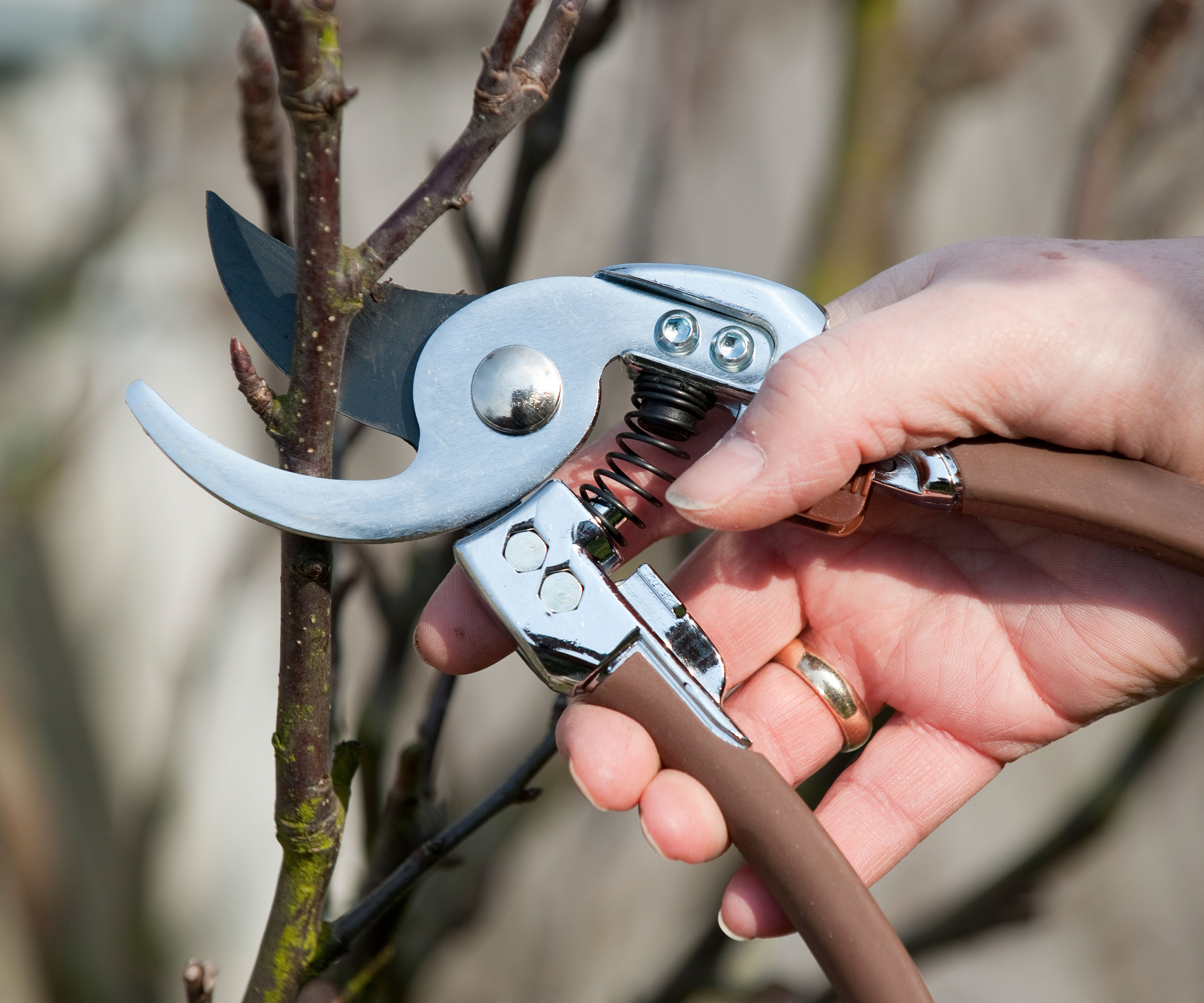
As well as what to cut and why, knowing how to make the proper pruning cuts helps preserve the health of a shrub. It is the same with knowing how to prune tree branches, the right types of cuts are important for healthy trees and shrubs.
“Branches need to be pruned at a downward facing angle so that rain easily runs off, I find around 45 degrees tends to work well,’ adds Sarah Raven. ‘Cutting branches flat will encourage water to pool, increasing the chance of infections like mildew and black spot.’
Improper cuts, jagged cuts, or exposed stubs can all leave the shrub more susceptible to pests and diseases.
8. Don't cut too much

This was touched on earlier, but it is important to reinforce that you should not cut back shrubs too hard. Even if a shrub is overgrown and in need of rejuvenation, it is better to do the work in stages rather than aggressively prune.
‘If you do need to do hard pruning on any kind of shrub, it is best to prune 1/3rd of the shrub and let that regenerate,’ advises Matt Johnson, senior gardener at Borde Hill. ‘Then the following year do another third and the following year another third and so on.
‘Over the course of three years you have reduced the shrub but doing it this way it will still carry on flowering every year. A longer process but a better result to keep plants flowering.’
Azaleas, lilacs, and forsythia often need renewal pruning over several years when they become overgrown and gangly.
FAQs
What not to do when trimming shrubs?
Some of the main mistakes to avoid making when trimming shrubs and bushes are over-pruning, pruning at the wrong time of year, using blunt or dirty tools, and pruning without a dedicated end goal to achieve. These errors will impact the flowering of any shrub and leave the plant at an increased risk of pests and diseases. Pruning at the wrong time of year, such as during extreme cold or heat, can put the long-term health of the bush at risk.
When planning your shrub pruning, summer-flowering shrubs including spirea, Russian sage, hibiscus, and crepe myrtle are all plants to prune in spring - so add these shrubs, and others that flower in summer, to your spring gardening checklist so you don’t miss out on the ideal window to cut them back. Your reward will be a fantastic display of blooms to enjoy come summer.
Sign up to the Homes & Gardens newsletter
Design expertise in your inbox – from inspiring decorating ideas and beautiful celebrity homes to practical gardening advice and shopping round-ups.

Drew’s passion for gardening started with growing vegetables and salad in raised beds in a small urban terrace garden. He has worked as a professional gardener in historic gardens and specialises in growing vegetables, fruit, herbs, and cut flowers as a kitchen gardener. That passion for growing extends to being an allotmenteer, garden blogger, and producing how-to gardening guides for websites. Drew was shortlisted for the New Talent of the Year award at the 2023 Garden Media Guild Awards.
-
 Nate Berkus says slipcovered sofas are back on trend – and I just found a way to create this designer-approved laid-back look from just $86
Nate Berkus says slipcovered sofas are back on trend – and I just found a way to create this designer-approved laid-back look from just $86This classic style is making a strong comeback, but did you know you don't have to buy a whole new couch to get this Nate-approved look?
By Eleanor Richardson
-
 Gardeners are putting pasta in bird feeders this spring – but there is one important warning you need to know before following suit
Gardeners are putting pasta in bird feeders this spring – but there is one important warning you need to know before following suitCooked pasta can be a nutritious snack for birds, but serving it in the wrong way could cause them harm
By Tenielle Jordison
-
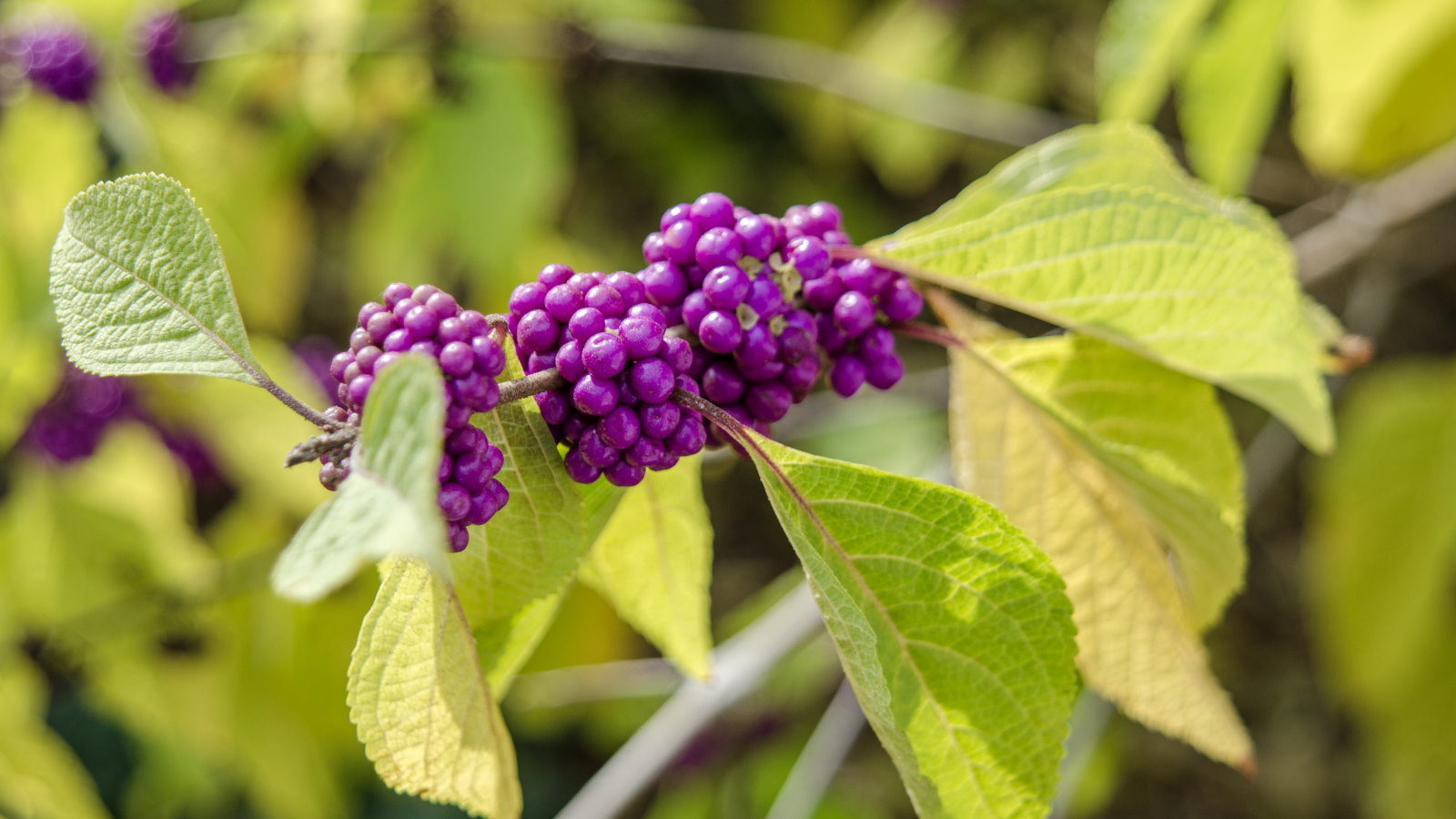 April is the ideal time to prune beautyberry shrubs – for a stunning display of vibrant berries this fall
April is the ideal time to prune beautyberry shrubs – for a stunning display of vibrant berries this fallWhether you choose to trim gently or hard prune, cutting back in spring promotes healthy and productive growth
By Drew Swainston
-
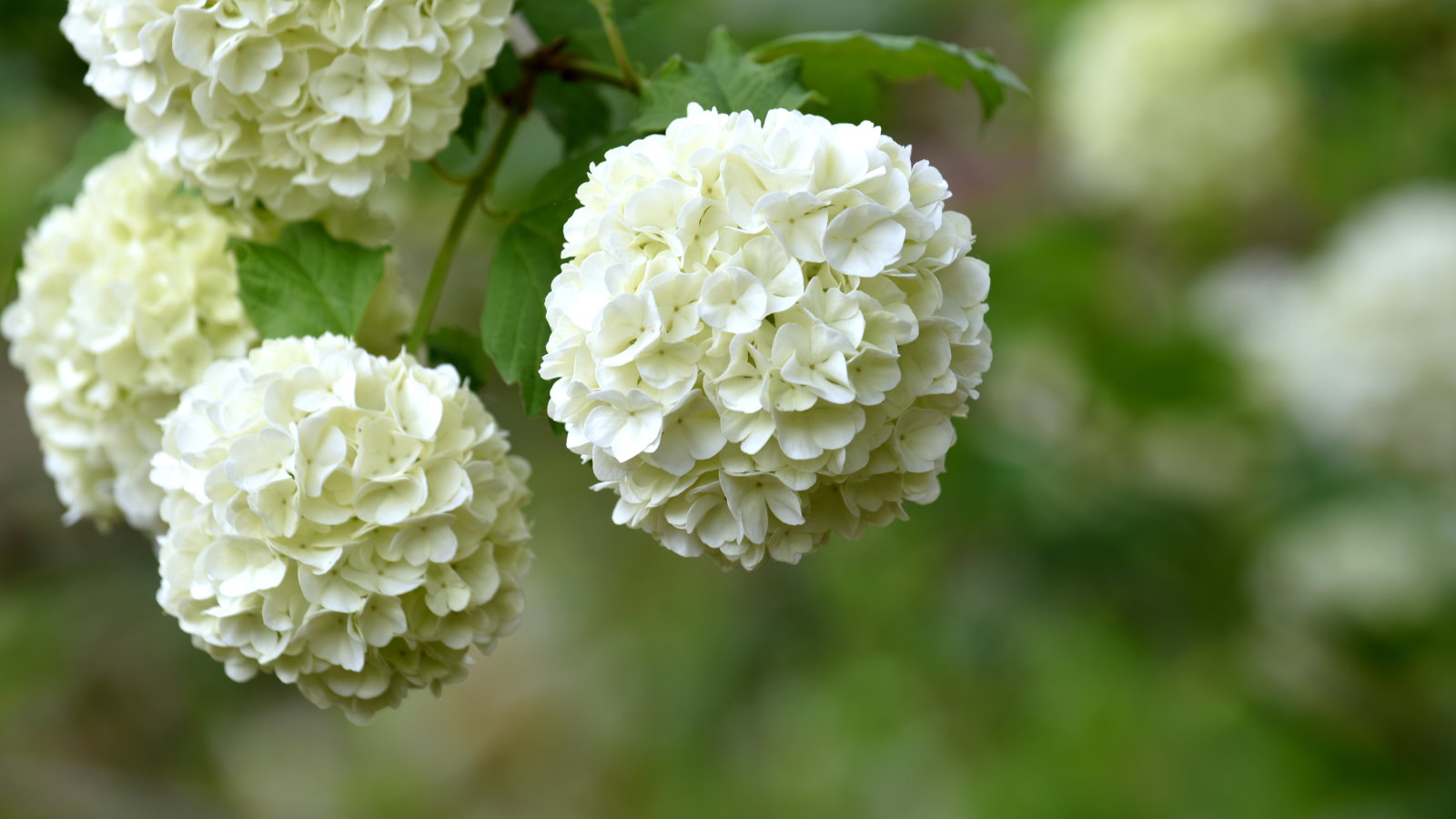 These 4 simple steps for pruning a snowball bush viburnum can give you the best blooms, plus we reveal the pitfall to avoid that will ruin any display
These 4 simple steps for pruning a snowball bush viburnum can give you the best blooms, plus we reveal the pitfall to avoid that will ruin any displayKnow how and when to prune a snowball bush with this expert pruning guide
By Drew Swainston
-
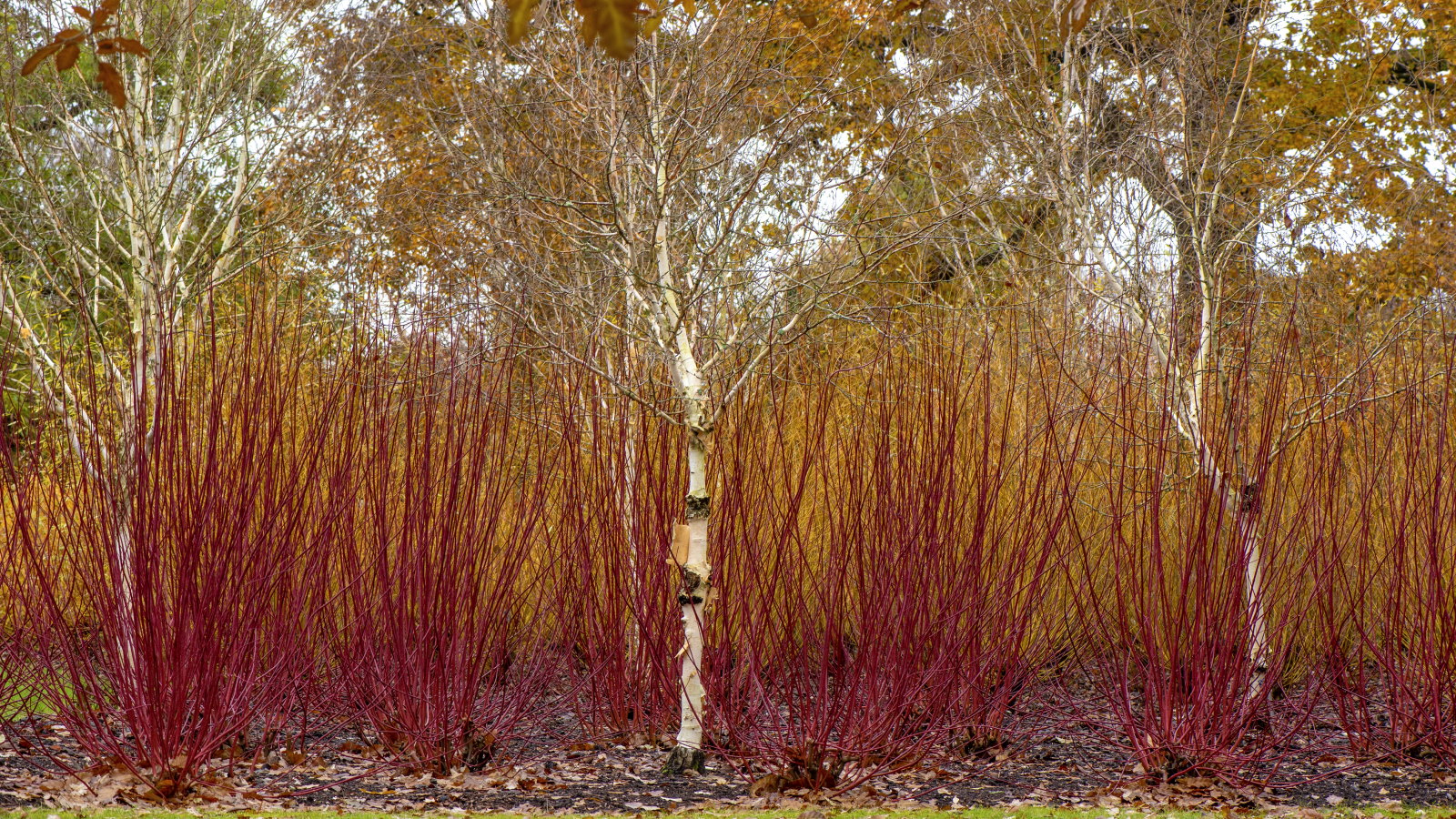 How to coppice trees and shrubs – and the 5 species that will benefit from this historical and super simple pruning technique
How to coppice trees and shrubs – and the 5 species that will benefit from this historical and super simple pruning techniqueCoppicing has aesthetic and practical benefits in a garden
By Drew Swainston
-
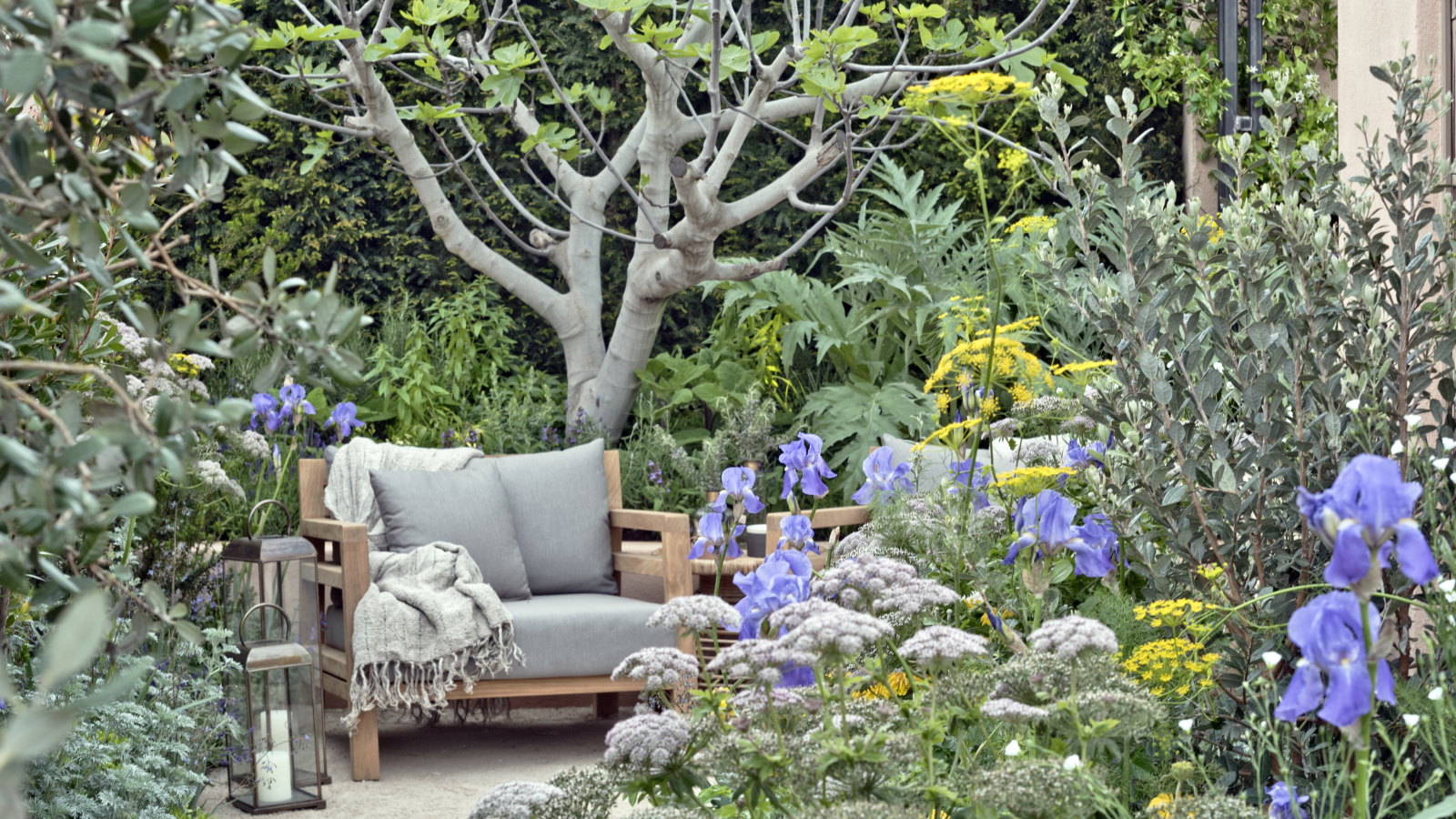 Horticulturists urge you to prune these 7 plants in April – for healthy growth and better-than-ever flowering displays
Horticulturists urge you to prune these 7 plants in April – for healthy growth and better-than-ever flowering displaysDiscover a key selection of plants to cut back this month, with expert pruning advice
By Drew Swainston
-
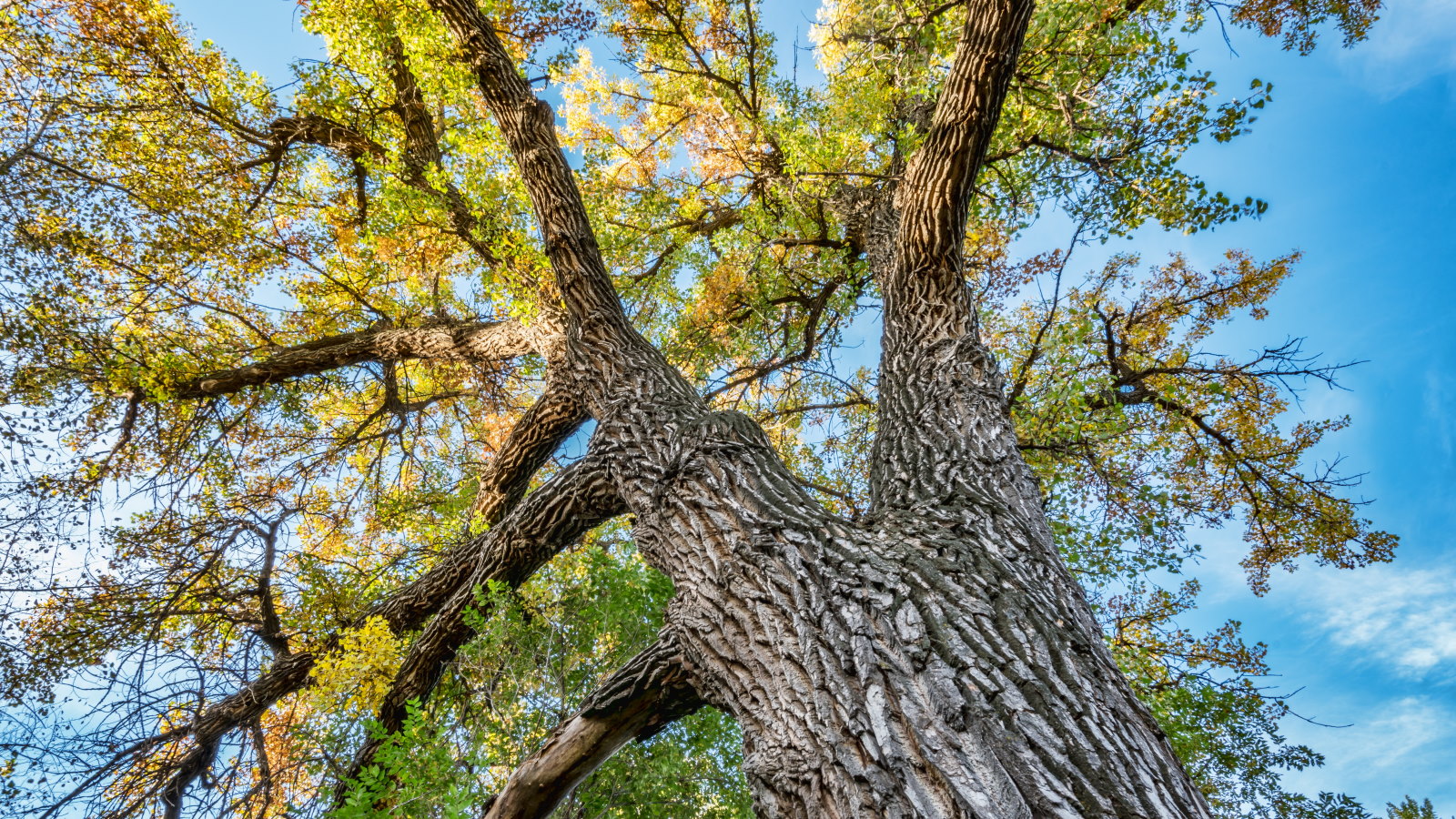 Safety is the number one reason to prune a cottonwood tree – an arborist reveals the best trimming routine to follow
Safety is the number one reason to prune a cottonwood tree – an arborist reveals the best trimming routine to followWhen and how to prune young and established cottonwoods
By Drew Swainston
-
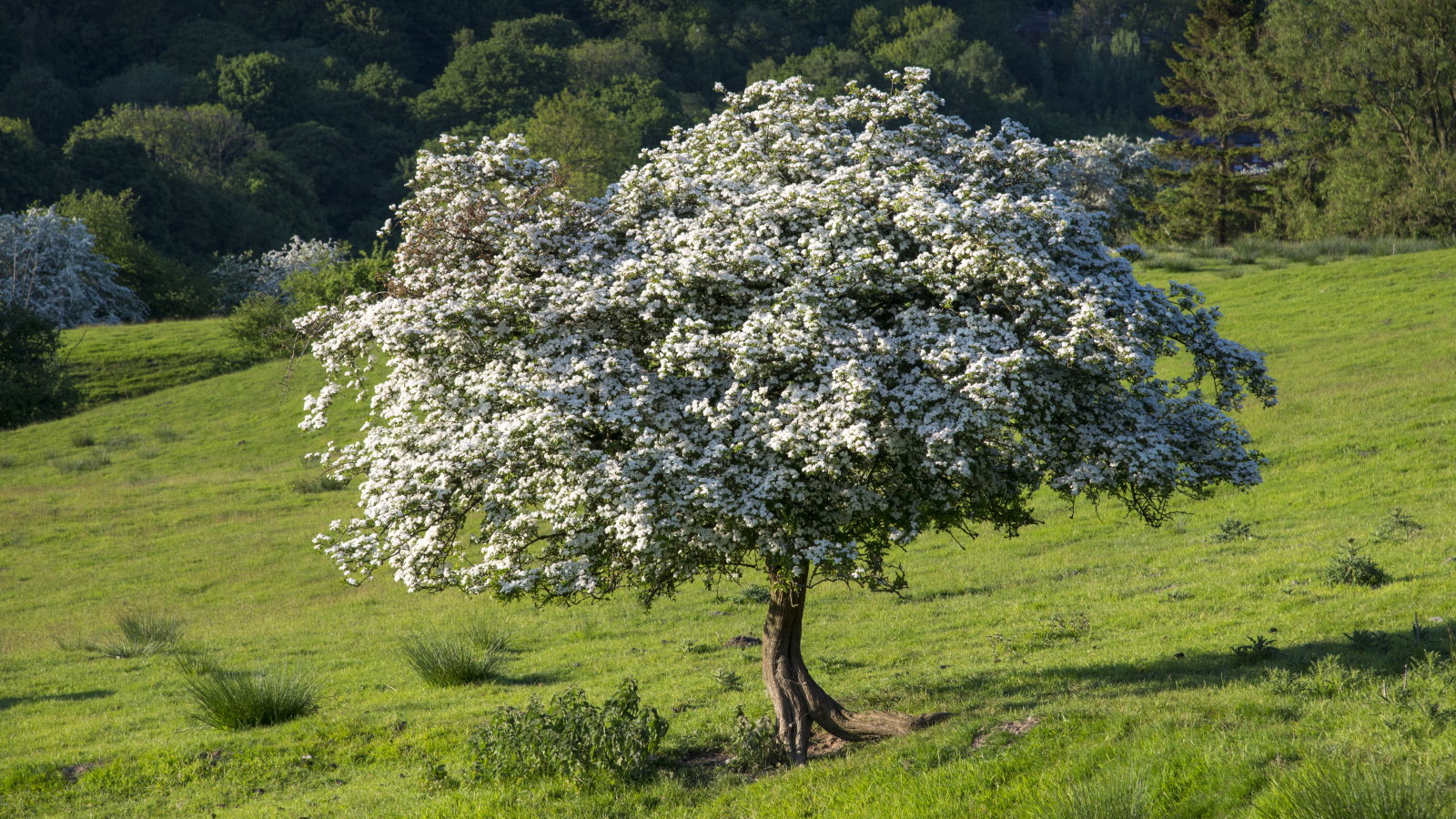 Now is the time to prune hawthorn trees to keep them healthy and attractive – 5 expert-recommended steps to follow for proper trimming
Now is the time to prune hawthorn trees to keep them healthy and attractive – 5 expert-recommended steps to follow for proper trimmingAvoid unnecessarily stressing your trees by pruning at the right time and not getting carried away
By Drew Swainston
-
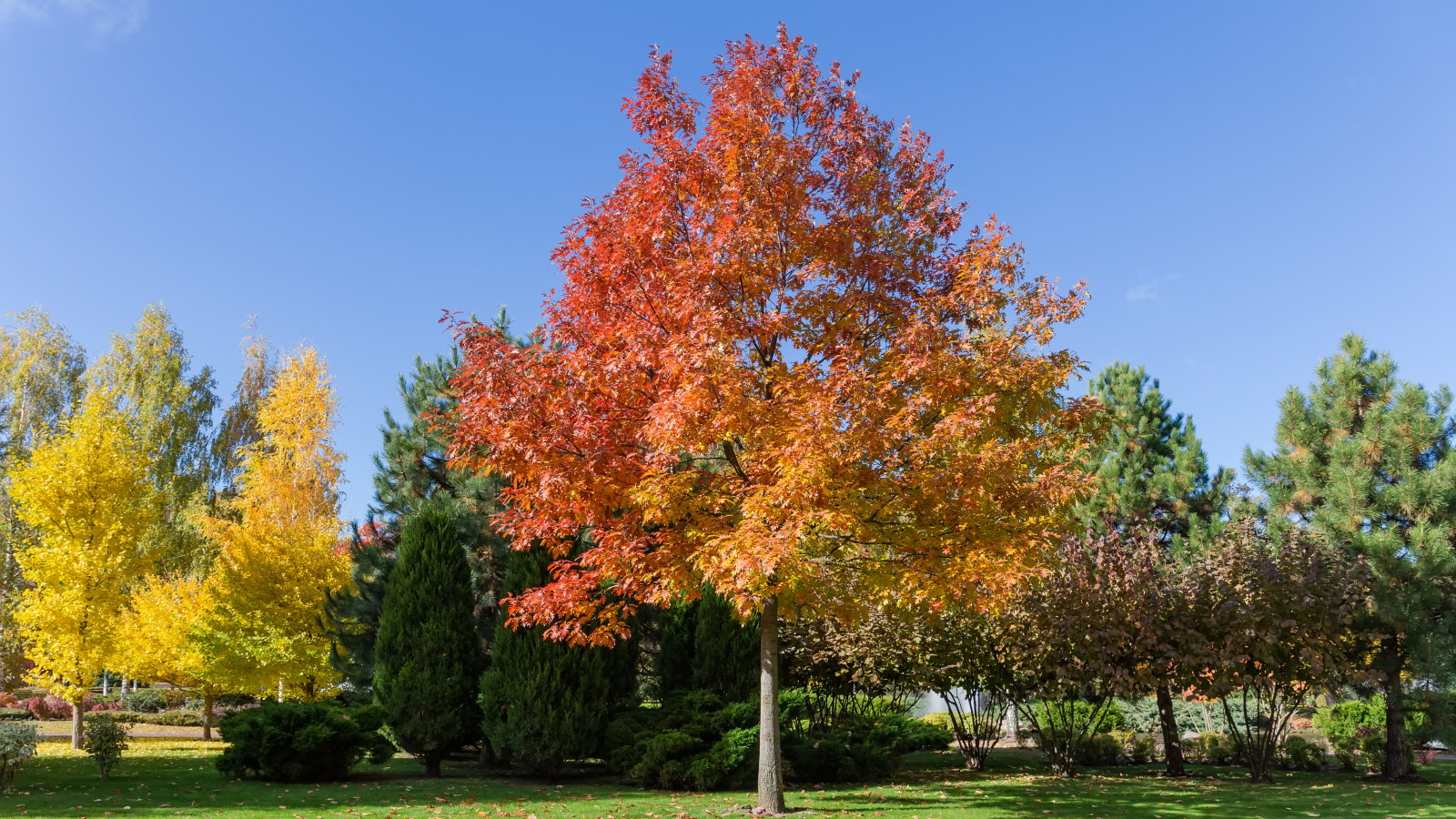 This is your last chance to prune oak trees to avoid a potentially fatal disease that can kill trees within months, arborists reveal
This is your last chance to prune oak trees to avoid a potentially fatal disease that can kill trees within months, arborists revealStay safe and discover what you can prune at different times of the year
By Drew Swainston
-
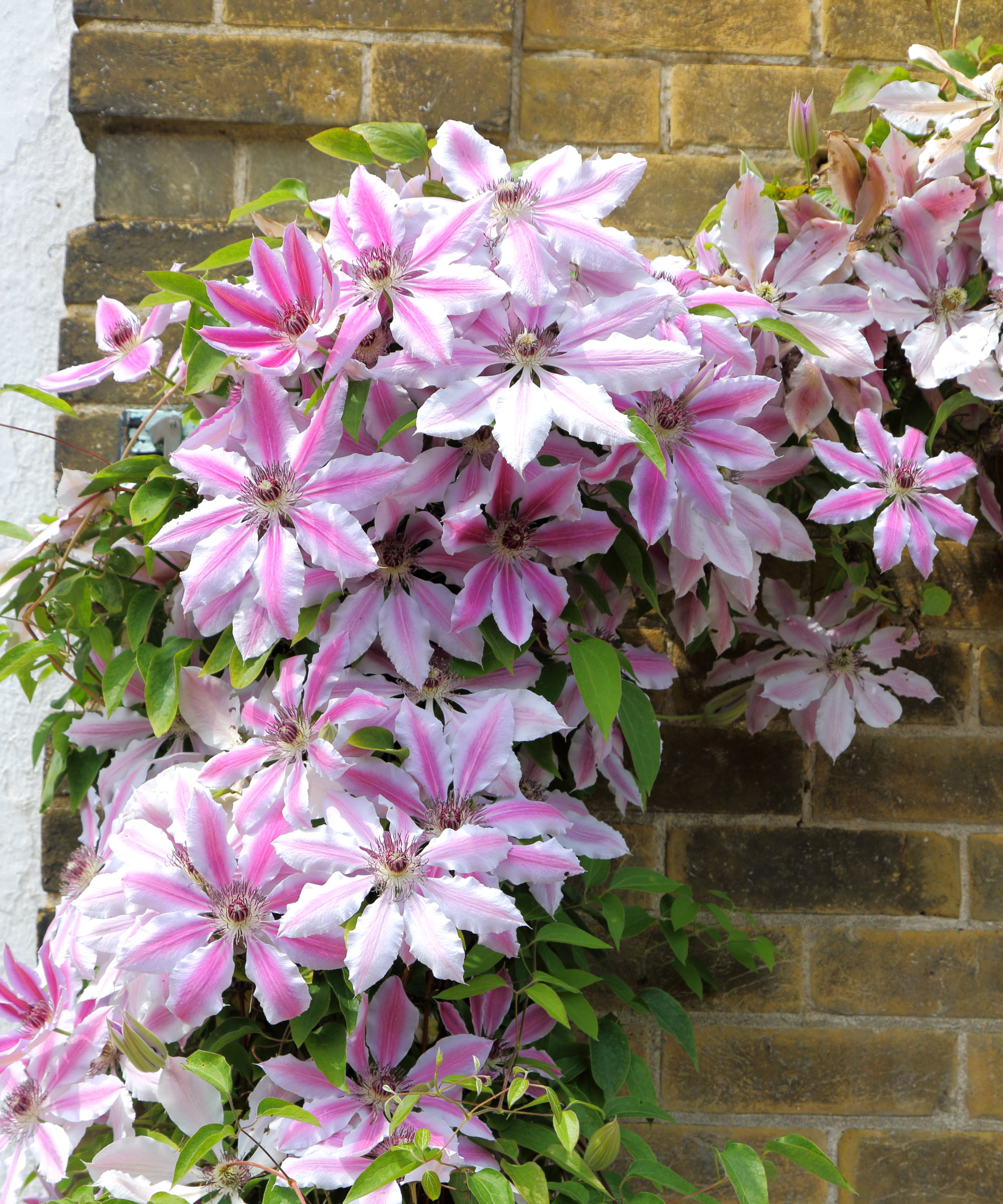 Expert horticulturists reveal 5 clematis pruning mistakes to avoid if you want spectacular floral displays
Expert horticulturists reveal 5 clematis pruning mistakes to avoid if you want spectacular floral displaysWhy you need to prune at the right time and not remove too much or too little
By Drew Swainston
